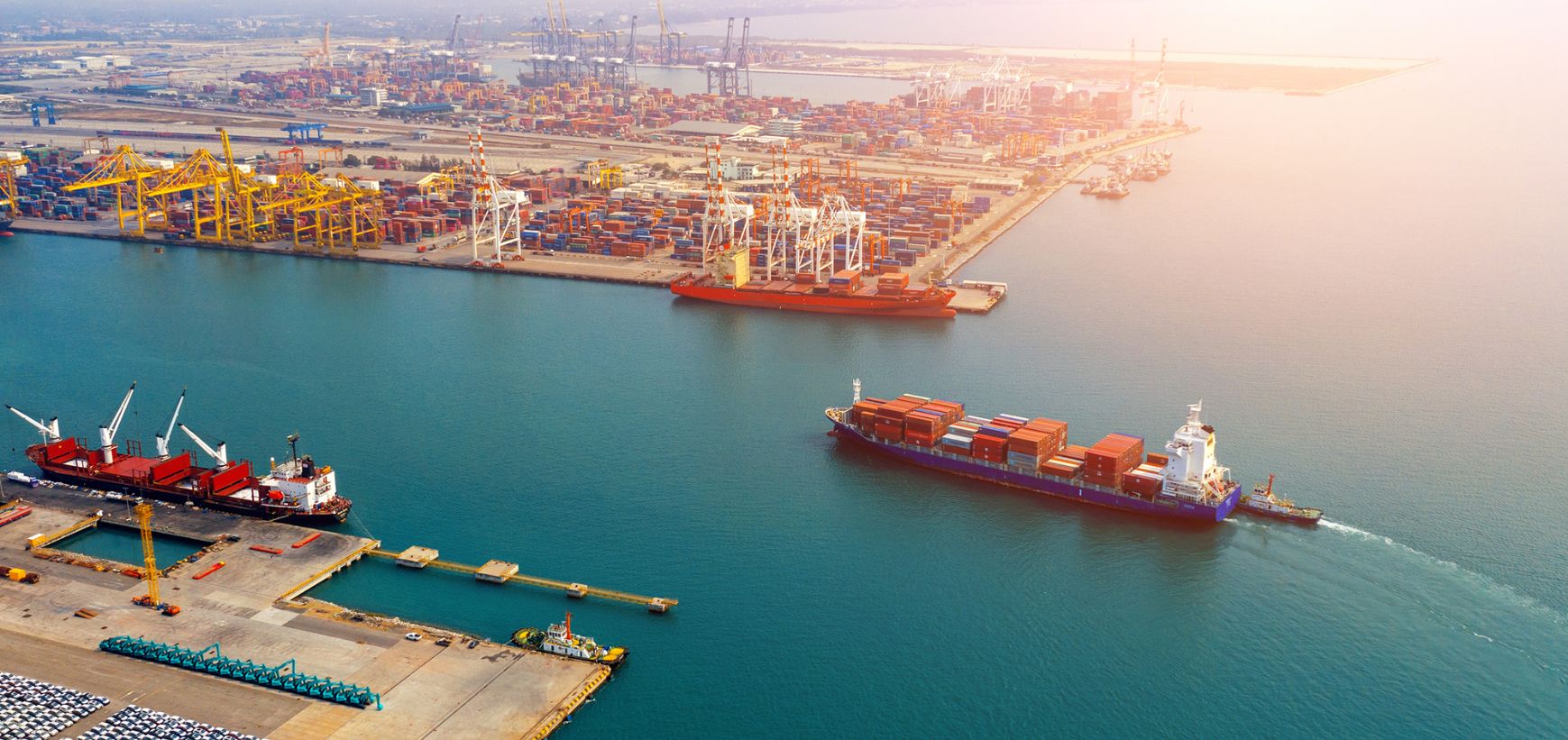As global businesses reassess the fragility of far-flung supply chains, a new strategy is taking center stage: nearshoring. And in the heart of the Balkans, one country is increasingly making a strong case for itself, Albania.
Long overshadowed by its neighbors and often overlooked in broader European industrial planning, Albania is now gaining traction as a strategic manufacturing and logistics hub for companies looking to relocate closer to home.
The Case for Nearshoring
The COVID-19 pandemic, followed by geopolitical tensions and rising freight costs, exposed the vulnerabilities of traditional offshore production models. European businesses, especially in textiles, electronics, automotive, and light engineering, are pivoting to partners closer to their customer base.
Enter Albania: a country within a one- to two-day drive from most major EU markets, with direct sea routes to Italy and growing trade links to Central Europe.
“Nearshoring is not just about location anymore, it’s about resilience,” said Anjeza Konomi, a trade consultant based in Tirana. “And Albania offers both proximity and stability in a shifting world.”
Low Costs, High Return
One of Albania’s standout advantages is cost. Labor costs in manufacturing are among the lowest in Europe, yet productivity is on the rise. Electricity remains competitively priced, much of it derived from domestic hydropower, while land, leasing, and logistics costs are significantly lower than in the EU.
But investors say the real value lies in speed. “From factory floor to delivery truck, it’s a matter of hours, not weeks,” said Matteo Rossi, whose Italian packaging firm relocated part of its operations to the industrial zone of Shkodër.
A Skilled Workforce at the Ready
With a young and growing workforce, more than half the population is under 35, Albania offers a rare demographic edge in Europe. Increasingly, this generation is educated, multilingual, and trained in specialized trades. Many have experience working abroad in Italy, Greece, or Germany and are now returning with skills and ambition.
Public-private partnerships and EU-funded training programs are also helping align local talent with the demands of modern industry, from textile tech to mechatronics.
Infrastructure and Investment Momentum
While Albania’s logistics infrastructure once lagged behind, the landscape is changing. Major road and rail upgrades are underway, while the ports of Durrës and Vlorë are expanding to accommodate growing trade volumes. A new airport near Vlorë is expected to further boost cargo and business travel.
Foreign direct investment has surged in the past five years, with German, Italian, Turkish, and Dutch companies leading the charge in sectors ranging from apparel and footwear to electronics assembly and clean energy equipment.
Barriers and Bold Moves
Albania’s rise isn’t without challenges. Regulatory hurdles, corruption perceptions, and a complex land registration system continue to create friction for investors. Yet reforms are progressing, driven by the country’s EU candidacy status and its determination to modernize institutions.
Still, many investors view the opportunity as a calculated bet, with the potential for significant reward.
“Albania today reminds me of Poland in the early 2000s,” said Dr. Ivan Horvat, a Balkan regional analyst. “Underrated, underestimated, and on the verge of becoming essential.”
A Balkan Pivot
With mounting pressure on European manufacturers to cut costs, improve sustainability, and de-risk operations, nearshoring is no longer a trend, it’s a necessity. And Albania, with its strategic geography, young workforce, and untapped potential, may just be the Balkans’ best-kept secret.
If nearshoring is the future of European industry, Albania is positioning itself not at the sidelines, but at the center of that future.






0 Comments